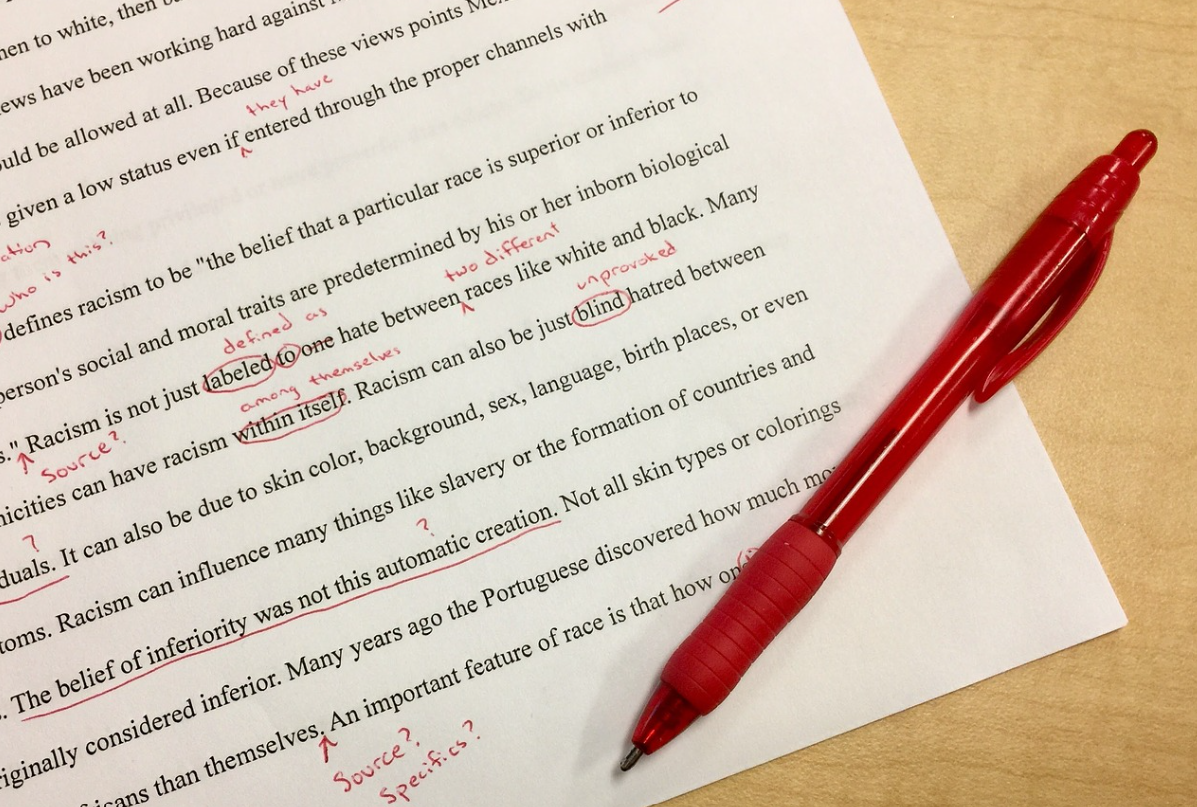Many Spanish learners often find themselves caught in the conundrum of how to correctly spell “yendo” or “llendo”. While both spellings might sound identical due to the phonetic nature of Spanish language, only one is correct according to the rules of Spanish orthography. The correct spelling is “yendo”, derived from the verb “ir” which means to go. This form of the verb is used in the present progressive tense, similar to the English equivalent of “going”. The confusion arises due to the pronunciation of “y” and “ll” in Spanish, which often sound very similar or even identical in many dialects of Spanish.
However, it’s important to remember that despite the phonetic similarities, “llendo” is not a recognized spelling in the Spanish language. In written communication, always use “yendo” to avoid any miscommunication or misunderstanding. Continuous practice and application of this rule in your Spanish language journey will eventually make it second nature. It’s all about understanding and respecting the language’s structure and nuances. Remember, mastering a language is not just about speaking it, but also about writing it accurately.

How to Correctly Write “Yendo”
“Yendo” is a word in the Spanish language, representing the gerund form of the verb “ir”, which means “going.” Writing “Yendo” correctly is essential when learning Spanish to fully grasp the language’s nuances. The spelling of “Yendo” is often confused with “Lendo” or “Iendo”, but it is crucial to remember the correct form, “Yendo”, to maintain the integrity of the sentence structure. It is typically used to describe an action that is happening at the moment, similarly to the English gerund ending in “-ing”. For instance, “Estoy yendo al mercado” translates to “I am going to the market”. Understanding the use of “Yendo” can notably enhance one’s proficiency in Spanish, particularly in conversational settings.
Also, it is worth noting that “Yendo” is an irregular verb form, meaning it does not follow the regular “-iendo” ending pattern found in many Spanish gerunds. Instead, “ir” changes to “yendo” in its gerund form due to phonetic reasons, making it easier and more natural to pronounce. To master the correct usage and spelling of “Yendo”, practice through consistent writing exercises, verbal communication in Spanish, and reading Spanish literature. Remember, the key to learning any language effectively, including Spanish, is regular practice and immersion in the language. Therefore, to correctly write “Yendo”, one must familiarize themselves with its spelling, understand its role in sentence construction, and consistently use it in both verbal and written Spanish.
How to Correctly Write “Llendo”
In the Spanish language, the correct spelling for the word that many mistakenly write as “llendo” is “yendo”. This term originates from the verb “ir”, which means “to go”. However, the spelling of “ir” changes drastically when it is used in the present progressive tense, which is often the cause of confusion. The present progressive tense of “ir” is formed by using the auxiliary verb “estar” followed by its gerund form. The gerund of “ir” is “yendo”, not “llendo”. This common error often stems from the fact that many verbs in Spanish are conjugated with the “ll” sound. However, it is vital to remember that “ir” is an irregular verb, and its gerund form does not follow the regular conjugation patterns.
Therefore, it is crucial that when writing in Spanish, the correct usage is “yendo”. An example of this in a sentence is: “Estoy yendo al mercado”, which translates to, “I am going to the market”. This common mistake is understandable since the phonetic sounds of “ll” and “y” can be similar in some Spanish dialects. However, knowing the correct spelling and using it appropriately will aid in maintaining the integrity of the language and improving your overall Spanish communication skills.

Differences in Usage and Pronunciation
Usage and pronunciation variations across different regions and cultures are fascinating aspects of language study. These differences, often shaped by geographical, social, and historical factors, contribute to the rich diversity of human communication. Pronunciation disparities are easily noticeable, as they involve the auditory aspect of language. These variations can be observed in the accent, rhythm, stress, and intonation of speech. For instance, the pronunciation of the same English word can widely differ between a native speaker from the United States and another from Australia.
On the other hand, usage differences are more subtle and pertain to the semantics and pragmatics of language. This involves how specific words, phrases, or structures are utilized to convey meaning in different contexts. For example, the use of certain idiomatic expressions, colloquialisms, or even grammatical structures can vary greatly from one region or culture to another. These differences in word usage are often driven by cultural nuances and regional idiosyncrasies that play a vital role in shaping the way language is used within a specific community.
In the realm of language learning and teaching, understanding these differences in usage and pronunciation is crucial. It aids in fostering effective communication, enhancing cultural competency, and promoting language proficiency. It also prevents misunderstandings that may arise due to the diverse ways in which language is used and pronounced in different contexts. Therefore, acknowledging and appreciating these differences is not only essential for linguists and educators but also for anyone wishing to communicate effectively across different cultures and communities.
Examples of Usage in Sentences
Examples of usage in sentences serve as an essential tool in understanding how particular words or phrases are correctly applied within linguistic contexts. These instances provide clarity and explanation, illustrating the practical use of vocabulary and grammar rules in everyday conversation or formal writing. For instance, the word “benevolent” may be unfamiliar to some. However, when used in a sentence like “The benevolent man donated a substantial portion of his fortune to charity,” its meaning becomes more apparent. It shows that “benevolent” refers to someone who is generous or kind-hearted.
Moreover, using words in sentences allows for the comprehension of their various meanings. Take, for instance, the word ‘run.’ It could mean to move swiftly by foot, manage or direct, or even refer to a continuous stretch of something. Examples such as “She decided to run five miles every day,” “He will run the family business,” or “There’s a run in my stockings,” demonstrate these different applications.
In addition, sentence examples also help in understanding idiomatic expressions or complex grammatical structures. For example, the phrase “kick the bucket” might seem nonsensical when taken literally. However, when used in a sentence like “My old car finally kicked the bucket,” it becomes clear that it refers to something ceasing to function or, in other words, dying.
Finally, sentence usage examples play a critical role in language learning, where they give non-native speakers a sense of how words and phrases naturally fit together. They offer context, ensure proper word order, and help learners grasp the nuances of the language they are studying. For example, a person learning English might not know how to use “on the other hand” correctly. Seeing it in a sentence like “I love the city’s energy; on the other hand, I also appreciate the tranquillity of the countryside,” helps them understand its usage.
Therefore, examples of usage in sentences are vital in enhancing one’s vocabulary, understanding different meanings of a word, deciphering idiomatic expressions, and mastering new languages.

Common Mistakes and How to Avoid Them
Many individuals often fall into the trap of repeating errors, which can lead to negative repercussions, whether it’s in their profession, relationships, or daily routines. Understanding and acknowledging these common mistakes is the first step to avoid them. For instance, in the workplace, miscommunication often leads to errors. To avoid this, clear and concise communication is key. Always ensure that instructions or expectations are understood by all parties involved. In relationships, misunderstandings frequently occur due to lack of openness and honesty. Thus, maintaining an open dialogue is vital to prevent confusion and hurt feelings. In our daily routines, neglecting self-care, including poor diet and lack of exercise, can lead to health issues. To counteract this, incorporating balanced meals, regular physical activity, and adequate rest into our schedules can greatly improve our overall wellbeing.
Moreover, procrastination is another common mistake that hinders productivity and increases stress. Setting achievable goals, breaking tasks into manageable parts, and using time management tools can help in overcoming this habit. Additionally, many people underestimate the power of continuous learning and stop educating themselves after formal education. This could lead to stagnation in one’s career and personal growth. Hence, it’s essential to stay curious, keep learning, and adapt to changes.
Another common mistake is not saving or investing for the future. Many neglect the importance of financial planning until it’s too late. Starting to save early, budgeting wisely, and exploring different investment avenues can secure a comfortable future.
Lastly, many individuals tend to ignore their mental health. It’s crucial to understand that mental health is as important as physical health. Seeking professional help when needed, practicing mindfulness, and maintaining a positive outlook can contribute to improved mental health.
In conclusion, the key to avoiding common mistakes lies in self-awareness, learning from past experiences, and being proactive in making necessary changes. It may not be easy, but with conscious effort and determination, it’s possible to avoid these pitfalls and lead a more fulfilling life.
Conclusion: The Importance of Learning Spelling and Using Correct Forms
In conclusion, mastering spelling and using correct forms in language holds significant importance in every aspect of our lives. It provides a foundation for effective communication, equipping us with the ability to articulate thoughts and ideas accurately. Proficient spelling skills and correct usage of language forms not only boost our intellectual credibility but also show our respect for the recipient of the message. In an age where digital communication is ubiquitous, the need for impeccable spelling cannot be overstated. Errors in spelling or usage of incorrect forms can lead to misinterpretation, ambiguity or confusion, potentially compromising the intent of the message. Furthermore, in academic and professional settings, accurate spelling and usage of correct forms are critical in maintaining the standard of work and ensuring clarity. They reflect one’s attention to detail, diligence, and commitment to quality. In the educational sector, students with strong spelling skills and command over language forms often possess better reading comprehension abilities, enhancing their overall academic performance.
Moreover, in the job market, employers value candidates who can communicate clearly and effectively, making correct spelling and use of language forms an asset. Thus, the importance of learning spelling and using correct forms is undeniable. It is an integral part of our linguistic competence, impacting our personal, educational, and professional journeys. Hence, continuous effort should be made to improve these skills, promoting clear and effective communication.
